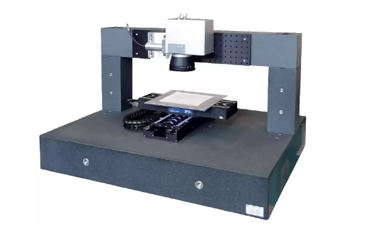XY-Linear Motion – The Difference Between Planar XY-Stages, Integrated XY-Stages, And Stacked Stages

Watching Olympic ice skaters perform their artful multi-degree of freedom motion sequences is no doubt a joyful way of experiencing what incredible precision the human body and mind are capable of. Ice skating on a perfectly prepared surface is also a great way of understanding planar motion.
In industries such as precision optics, semiconductor test/manufacture, laser processing, flat panel display manufacturing, etc., precision motion in multiple degrees of freedom is often required. When large surfaces need to be processed, the flatness specification (vertical deviations) of the positioning stages involved is especially critical, for example to reduce out of focus errors.
True Planar Motion - What is a Planar XY Stage?
The differences between stacked, integrated, and planar stage designs are often misunderstood by users. Planar XY-stages or XY-tables by definition use a common reference plane for both X and Y axis motion. True planar motion is not available with cross roller bearings – these are used in stacked, integrated designs.
Get unlimited access to:
Enter your credentials below to log in. Not yet a member of Photonics Online? Subscribe today.
